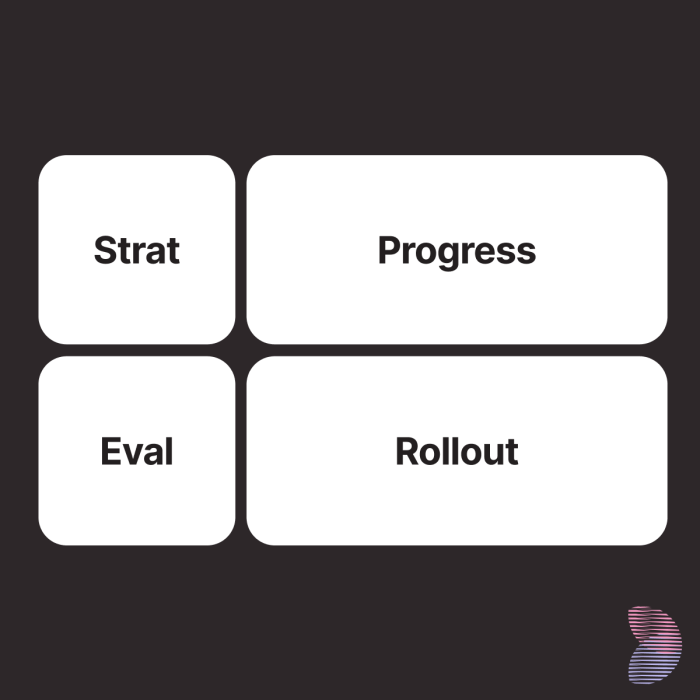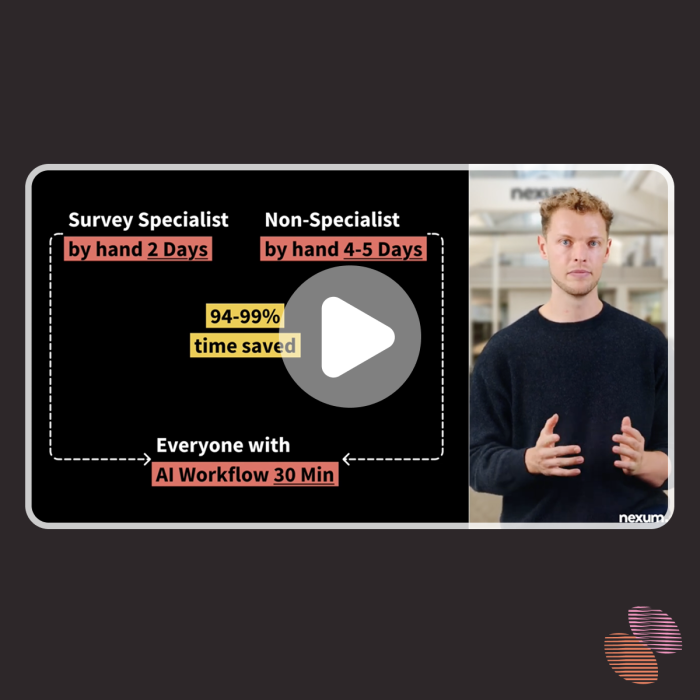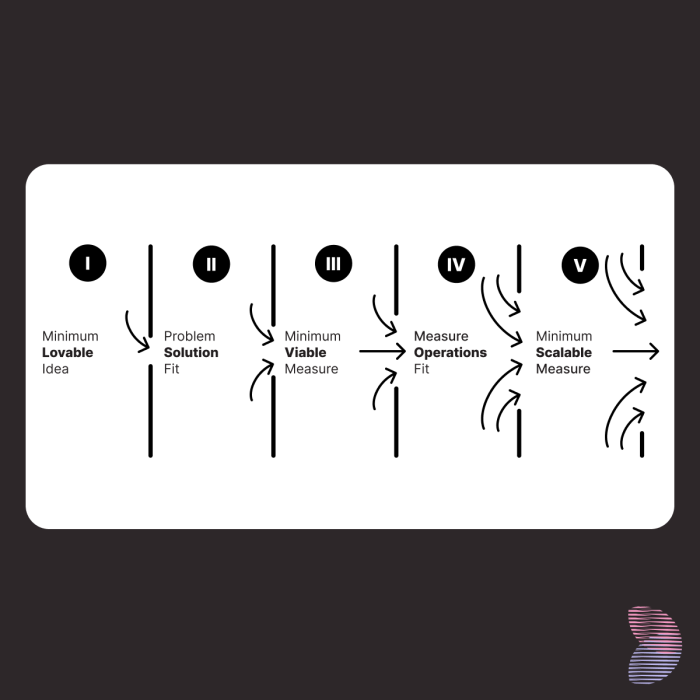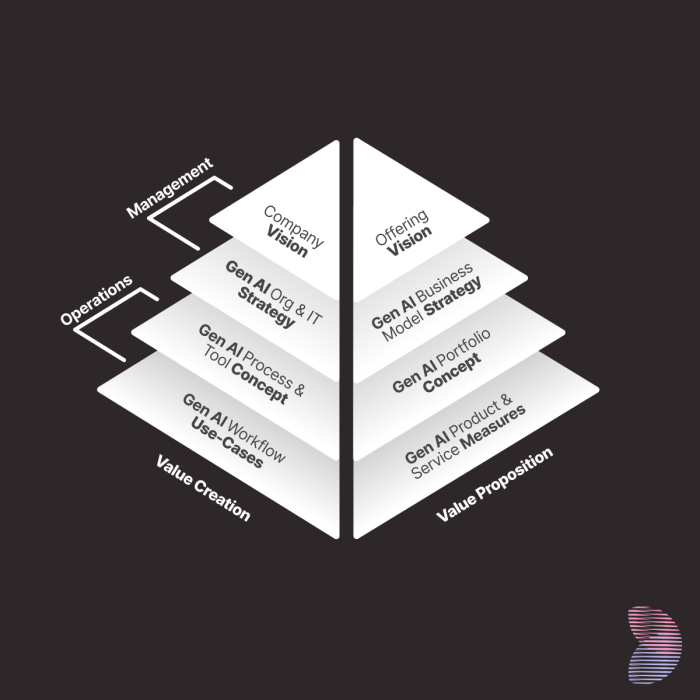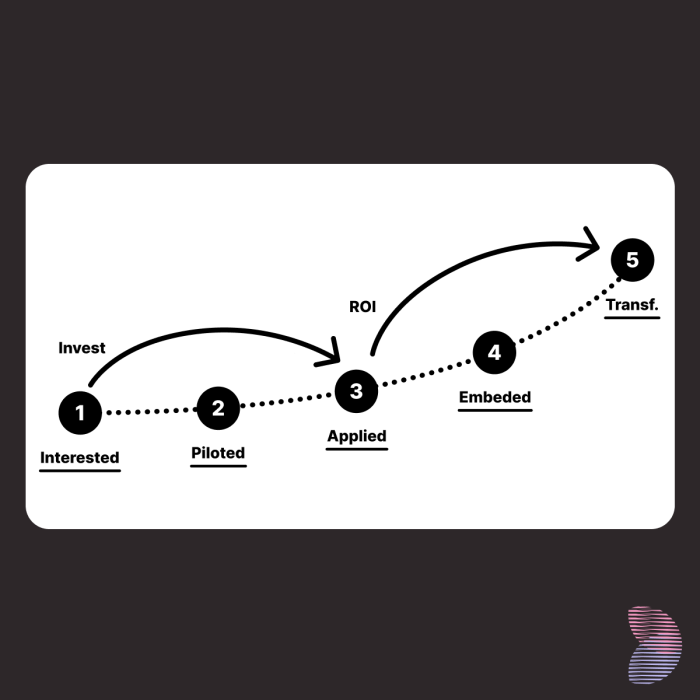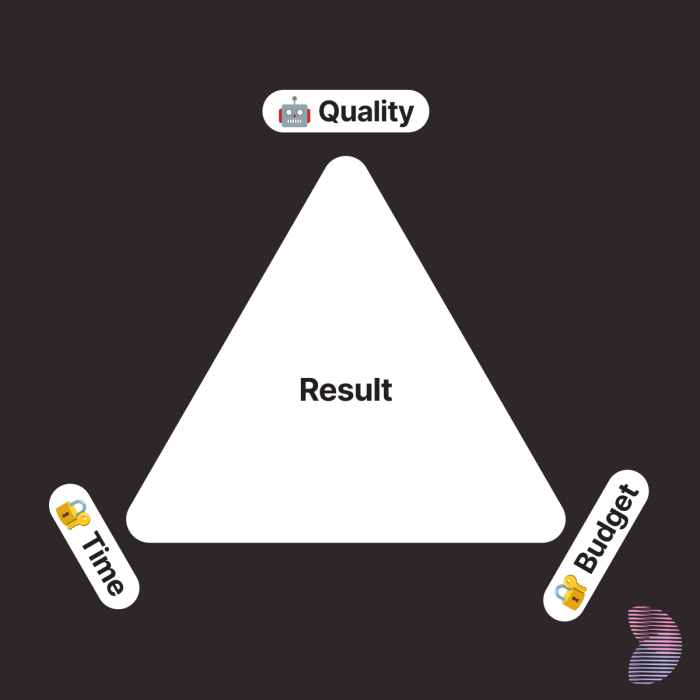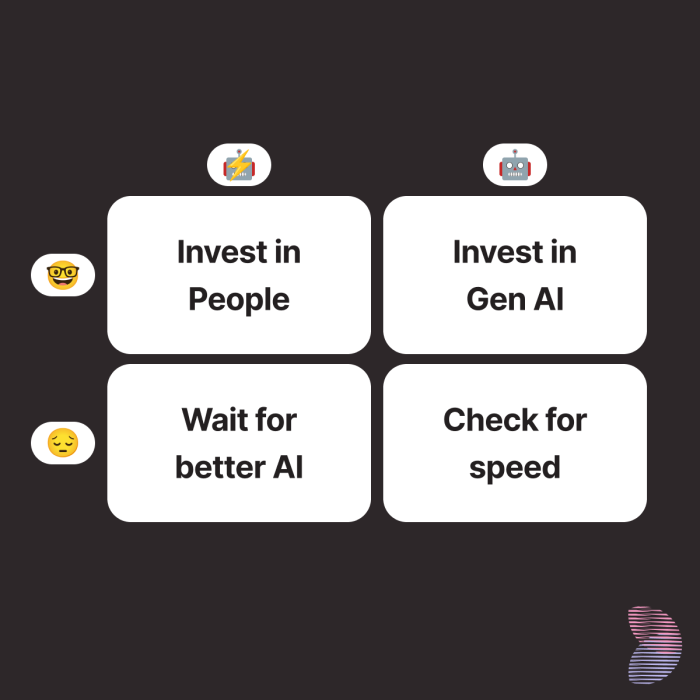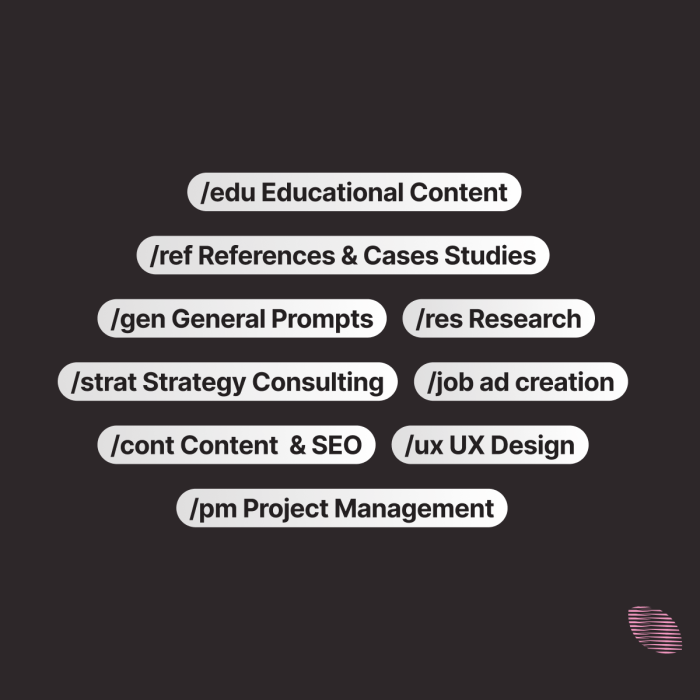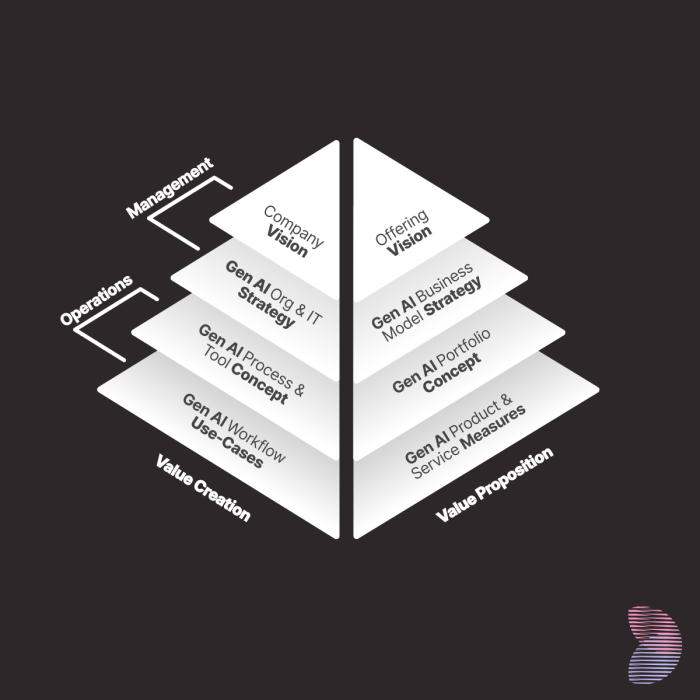The Stage-Gate Model

Look, the Stage-Gate Model doesn’t just offer a structured approach for evaluating AI initiatives and their progress – it’s actually, I’d say, a philosophical way of looking at how growth happens in companies. What I mean is, by mapping out the journey from that first spark of an idea toa scalable initiative, it basically forces us to question traditional approaches in a critical way.
Instead of jumping into initiatives with their full complexity right away – which, let’s be honest, most companies tend to do – this approach enables a step-by-step introduction. What this does, essentially, is inspire companies to tackle change in a positive and pragmatic way, while keeping that long-term vision of successful, company-wide rollout always in sight. I personally think leadership teams should actively participate in this process and question the status quo to drive innovative solutions forward. You can find an overview of all models here.
The Stage-Gate Model helps us evaluate the progress of any initiative and have meaningfulconversations about the next steps in the rollout process

A Tool for Targeted Initiative Development
In the realm of generative AI, many companies are still at the beginning of their journey, if I’m being honest.
This first phase is characterized by uncertainties and, quite frankly, a lack of proven methods. This forces companies – and I mean really forces them – to question traditional approaches and explore new paths. To meet this change with clarity and structure, I’ve developed the Stage-Gate Model. A model that, through methodical procedures, minimizes the risk of misallocating resources to unsuitable initiatives.
An initiative begins as a germinating idea. In the initial phase, it’s crucial to test its direction and feasibility through experiments and feedback loops. This could be a trial phase with generative AI tools or, for example, an employee survey to evaluate practical utility in daily work. Based on the insights gained from the Minimum Loveable Idea, the next step involves developing the idea into a full-fledged initiative with allocated budget. From this point on, comprehensive consideration of the idea and measurability of future experiment results move to the foreground.
This iterative process demands not only vision and inspiration but also pragmatic implementation of new technologies. It’s time for leaders to question the status quo and actively pursue the path of digital transformation. Only this way can they shape progress and secure a sustainable future.
An Example
Gen-AI offers a revolutionary opportunity:
With minimal risk, it relieves marketing resources and significantly increases performance. For most companies, this is a groundbreaking idea. Initial experiments with prompts and company content quickly show that current LLMs don’t just theoretically support companies – they practically reduce the time and resources for content creation drastically. The Problem-Solution-Fit is proven – now it’s about formalization.
When expanding this idea, new processes are defined, prompt templates and system prompts are created. This formalized approach is tested and optimized in numerous concrete use cases, leading to a measurable reduction in required resources and a significant increase in online visibility.
The next steps involve firmly integrating these new processes into the daily routine of multiple departments and proving that this new approach can become the standard. This often requires mentors and initial guidelines to transfer the pilot project team’s experiences to broader applications.
If this approach works in a broader target group, the last step can be tackled: Expansion to a scalable process whose rollout can be carried out with minimal resources. This typically includes new company guidelines, training sessions, video tutorials, FAQs, leadership training, and much more.
After completing the planning and incorporating costs into company expenses, the Stage-Gate Model can be left behind and the complete rollout can begin.
The Model in Detail

My Gen-AI Stage-Gate Model is divided into 5 steps.
Each step represents a milestone within the rollout of this initiative and is characterized by certain properties that serve as a checklist for completing this phase.
Stage I: Minimum Loveable Idea
Desirability: The initiative addresses a critical business problem that’s highly relevant to the company’s operations and values
Viability: The initiative opens clear business opportunities that contribute to the company’s long-term business goals
Feasibility: The initiative aligns with the company’s overall strategy and utilizes existing resources and capabilities available to the company
Stage II: Problem-Solution-Fit
Desirability: The initiative aims to solve a significant business problem that’s worth addressing and improves the speed and scalability of processes
Viability: A preliminary budget plan has been developed to ensure the economic feasibility of the initiative
Feasibility: The initiative is compatible with the company strategy and actively supports the company’s business goals
Stage III: Minimum Viable Measure
Desirability: A basic outline for the initiative has been created, best practices have been integrated into the approach, and the procedure is ready for initial broad application testing
Viability: Possible weaknesses and risks have been analyzed and corresponding strategies formulated
Feasibility: Necessary technologies and approaches have been conceptualized, internally tested, and show promising results. Top management supports further expansion of the initiative
Stage IV: Measure-Operations-Fit
Desirability: The initiative has evolved beyond the prototype stage, with positive response from users of the previous phase. Since the beginning, the initiative has developed in iterative steps
Viability: Broad tests support ROI projections and indicate positive results with long-term value
Feasibility: The company supports further rollout of the initiative and there’s collaborative cooperation between departments or external partners regarding the initiative. The rollout financial plan has been updated
Stage V: Minimum Scalable Measure
Desirability: A strategy for company-wide rollout has been defined
Viability: The rollout financial plan considers scaling costs and costs for all necessary training measures
Feasibility: Company plans include continuous definition of milestones, strategies, and management approaches for Gen-AI initiative expansion

Initiative Status
and Next Steps
Determining the stage of a Gen-AI initiative is, I have to say, remarkably simple. The steps can be viewed as a checklist for each stage. If all prerequisites for completing a step are met, the initiative progresses to the next stage.
However, if one or more aspects of the defined thresholds aren’t reached, the initiative remains in this step until all requirements are fulfilled. Only after reaching the next Stage-Gate can the next step begin.
The unfulfilled criteria up to the next Stage-Gate act as a checklist and guideline for the current work focus. Decisions for transitioning to the next step are always made at the Stage-Gate. The first decision for advancing a „Minimum Loveable Idea“ therefore only occurs when all defined criteria are met.
Retrospective evaluations of initiatives are also possible. However, the failure to meet earlier criteria should lead to immediate pause. In case of delayed evaluation, it’s essential to fulfill all previous expansion criteria of the respective Stage-Gates before further expansion and rollout is considered.
